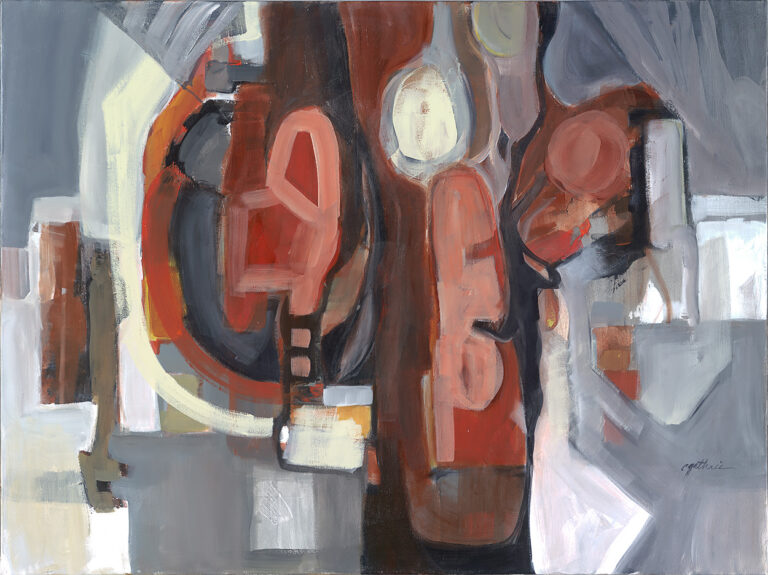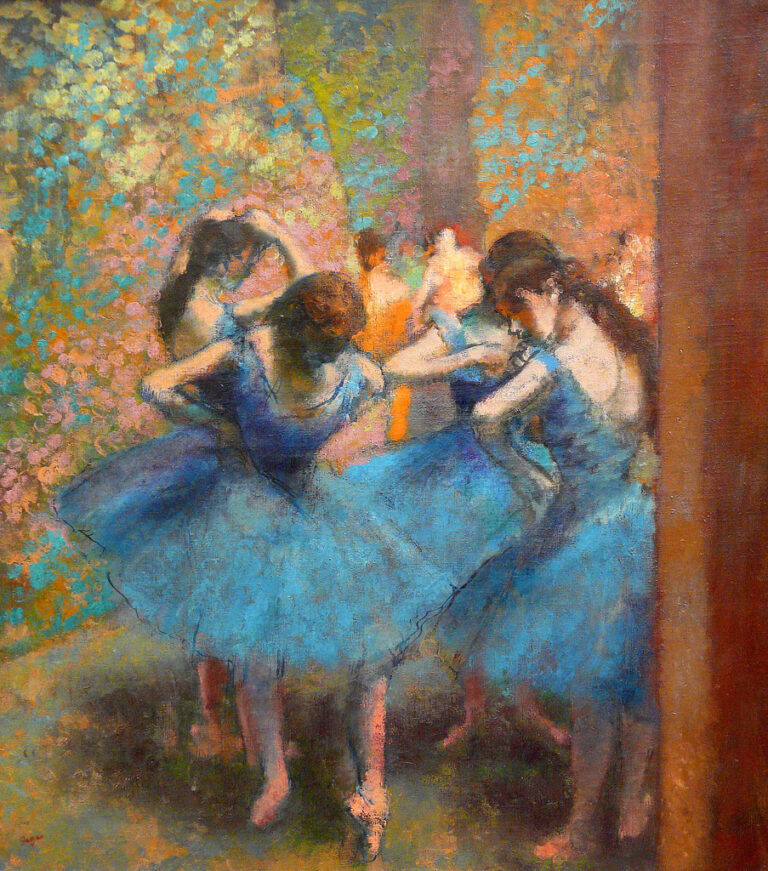The Poetry in the Sculpture of Eva Hesse
Eve Hesse’s works were called brilliant, eccentric, and loony by critics. I was privileged to give a few presentations at conferences held in Canada and Ireland, hosted by the International Word and Image Society. I missed the deadline for the conference held in California, but I put together a proposal about the relationship of text and image, or the poetics in Hesse’s work. Here is a blog from the proposal:
In Lucy Lippard’s biography a quote by Hesse herself reveals the intent of her work:
“I would like the work to be non-work. This means that it would find its way beyond my preconceptions. What I want of my art I can eventually find. The work must go beyond this. …the formal principles are understandable and understood. It is the unknown quantity from which and where I want to go.
As a thing, an object, it acceeds to its non-logical self.It is something, it is nothing.”
When Eva Hesse states that she wants her work to be ‘non-art’ she might be using a device present in modern art and its trend toward the dematerialization of reality. Like a poet’s search for the feeling beyond the narrative, Eva Hesse sought to rid her works of conception, giving them the autonomy of her intent.
Hesse’s transfiguration of the concrete lies in the realm of poetics. She uses repetitive shapes as a poet would repeat phrases as a device to strengthen, ground the work. As a poet searches for an equivalent to primary experience through the medium of words, Hesse uses materials to express a feeling that is more than just a feeling. She allows the materials to dictate the work.
In modern poetry, the metaphor is one way to represent the contradictions of our life. In her narratives about her work, Hesse is concerned with opposites. Many of her works reflect the incompatibility of components, through shape and materials, thereby increasing their abstractness. In reviews of her work, eg. “The more you look at (these pieces) the uglier and more interesting they become….anti-form…..the kind of queasy uneasiness they evoke makes one want to stroke them gently, to soothe and smooth them down….” They are bundles of eccentric contradictions”……Her concern and intent plays on the objects.
From Rudolf Arnheim’s The Psychology of Art: The analysis of poetic manipulation suggests again that linguistic form is not obtained directly from the primary experience but must be considered a re-creation within the medium, subject to (its) particularities…Similar tendencies to go beyond ‘practically’ important characteristics of things can be observed in the visual arts.”
Arnheim: The masterwork embraces the whole range of human experience from the sensory perceptions to rarefied ideas. In fact, it often express the most abstract meaning through the most elementary stimulation. In Hesse’s work, simple containers, repeated, take on an other worldly appearance, because of their bent shape and use of materials.
In Hesse’s words: (from Lippard)
Hanging
Rubberized, loose, open cloth.
Fiberglass-reinforced plastic…
How to achieve by not achieving? How to make by not making?
It’s all in that.
It’s not the new, it is what is yet now known,
Thought, seen, touched but really what is not.
And that is.
Carole Guthrie


I wonder what the “unknown quantity” was for Hesse–was it something she could at all identify or wanted to identify. What was she searching for beyond the “understandable”.
Hi and thanks for reading. Here is what Hesse said about her art: “I would like the work to be non-work. This means that it would find its way beyond my preconceptions. What I want of my art I can eventually find. The work must go beyond this. It is my main concern to go beyond what I know and what I can know. The formal principles are understand and understood. It is the unknow quantity from which and where I want to go. As a thing, an object, it acceeds to its non-logical self. It is something. It is nothing.” I don’t know if this answers your question. Her work is certainly mysterious. She was in a show called “Eccentric Abstraction.” I have always found it fascinating. Especially a work called “Contingent” which I saw at the Guggenheim years ago. It is so subtle and so ethereal and so unnameable, yet so totally compelling to me.